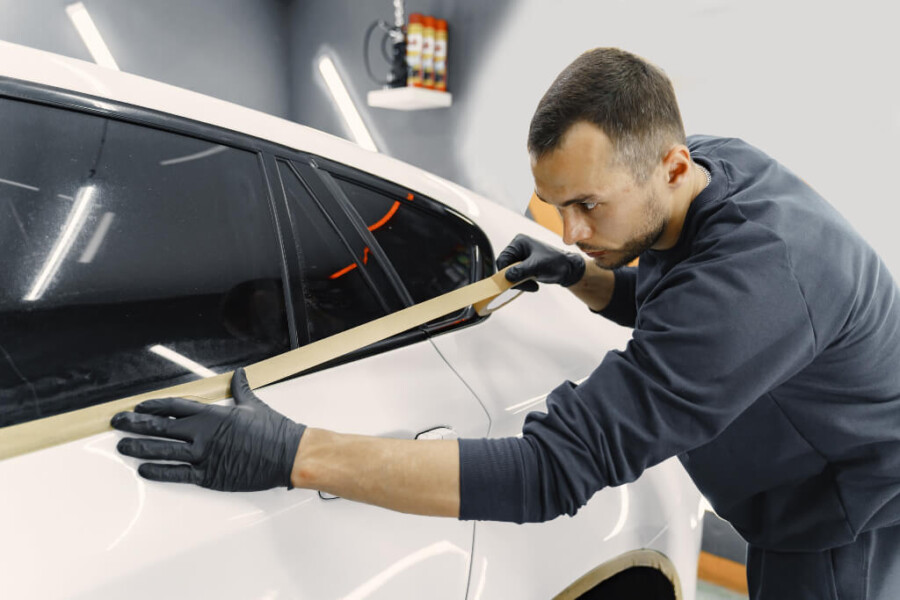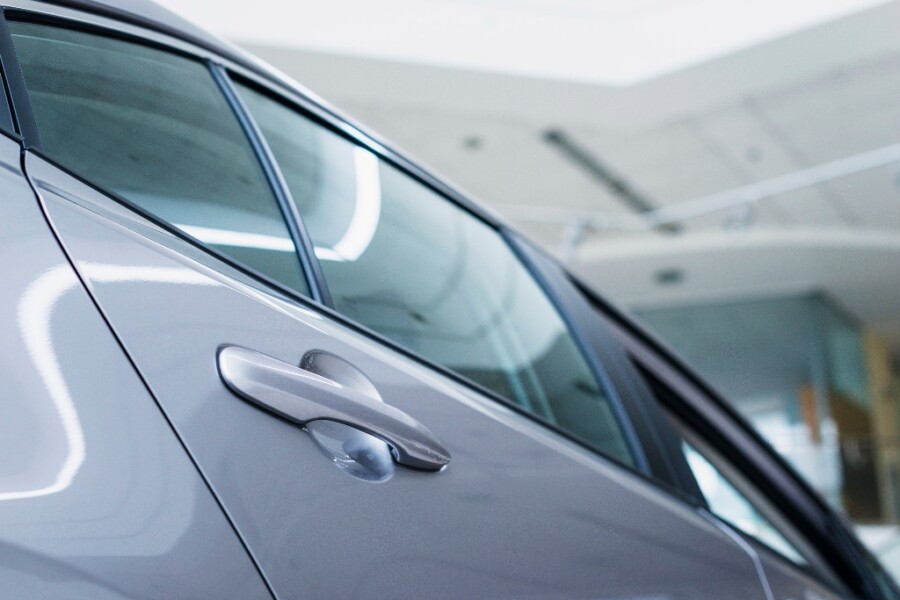They are part of our everyday lives, yet we know little about their origin. Although millions of cars travel daily on roads around the world, you may never have stopped to think about the origin of the windshield or under what circumstances they were created. Its usefulness became established so quickly that today it is impossible to imagine the automotive market without a car glass workshop.
However, in the early days of the automobile’s existence, the windshield simply did not exist. Instead, drivers had to wear goggles to protect themselves from the weather, insects, and dirt carried by the breeze. Would the drivers of those times have imagined that windshield repair would be a possible service? Or that in a distant future, vehicles would be equipped with an innovative automatic control system, better known as the ADAS system?
Let’s take a look at how the windshield has evolved from its beginnings to the present day.
The first windshields
The evolution of the windshield did not happen as quickly as one might suppose. Even though the boom of the Second Industrial Revolution had already taken place, the use of windshields still seemed quite far off, since in 1903 the first windshields were not really windshields at all, but ordinary glass.
In 1908, Ford introduced in its iconic Ford T model a windshield that was divided into two panes, allowing the driver to replace one pane of glass if it became dirty. Brands like Cadillac also had windshields of this type in their models. This feature paved the way for Oldsmobile in 1915 to incorporate windshields—this time without a double pane—on all its car models. However, these glasses generated a lot of controversy because, in the event of an accident, they would break into a thousand pieces, causing serious physical harm to the occupants.
The first laminated windshields
The origin of laminated glass windshields, such as those used in cars today, dates back more than a hundred years. As in many discoveries, chance played a role: one day in 1903, French chemist Edouard Benedictus dropped a glass which, instead of shattering into hundreds of pieces, remained intact thanks to a film of cellulose nitrate inside.
Thus, around 1920, in order to provide greater safety, Henry Ford decided to include the first laminated glass in his cars. Although initially offered as an optional feature, Ford made it available to customers at an affordable price. However, it wasn’t until 1926 that the Rickenbacker company manufactured the first mass-produced laminated windshield. The paradox was that the following year the company dissolved due to the high cost of its cars, transferring its entire manufacturing system to German automaker Audi.
Development throughout the 20th century
During the 1930s, the main car manufacturers were engaged in a race to produce the best windshield on the market. In 1934, Chrysler revealed to the world the first one-piece, curved-shaped windshield. Then, in 1936, General Motors opted for the now obsolete vertically split windshield.
Meanwhile, the Carleton Ellis company patented a transparent synthetic resin that made the windshield resistant to discoloration caused by time. Around the same years, manufacturers began to use polyvinyl butyral, making laminated glass even more resistant. These advances meant that, in the event of an accident, only windshield repair would be necessary.
By the 1950s, almost all cars on the market used laminated glass throughout the vehicle. However, to reduce costs, by the end of that decade tempered glass began to be used for side and rear windows.
In the 1960s, laminated windshields became mandatory in the United States and Europe.
The windshield and the ADAS system
Today, all cars manufactured and approved in the European Union come with an ADAS (Advanced Driver Assistance System), whose sensors and safety camera are located in a strategic area of the windshield. The creation of this system helps the driver to visualise and be warned of potential hazards nearby.
Modern cars have in their windshields a sophisticated control system whose purpose is to contribute to safety. However, it must always be kept in mind that in the event of windshield repair or replacement, proper calibration of the ADAS system is essential; otherwise, driving safety could be compromised.
Evolution is also alive at Ralarsa
At Ralarsa, our main mission is to contribute to safety inside the car. That is why our efforts are focused on providing the best windshield repair service, as well as glass replacement when necessary.
When visiting our car glass workshop, the Ralarsa staff will answer all your questions and guide you through everything you need… with the best service
At Ralarsa, we are passionate about the world of windshields! If you need assistance with any of your vehicle’s glass, you can contact us via our chat or, if you prefer, by phone.
Leave your car in good hands — we’ll take care of the rest!





